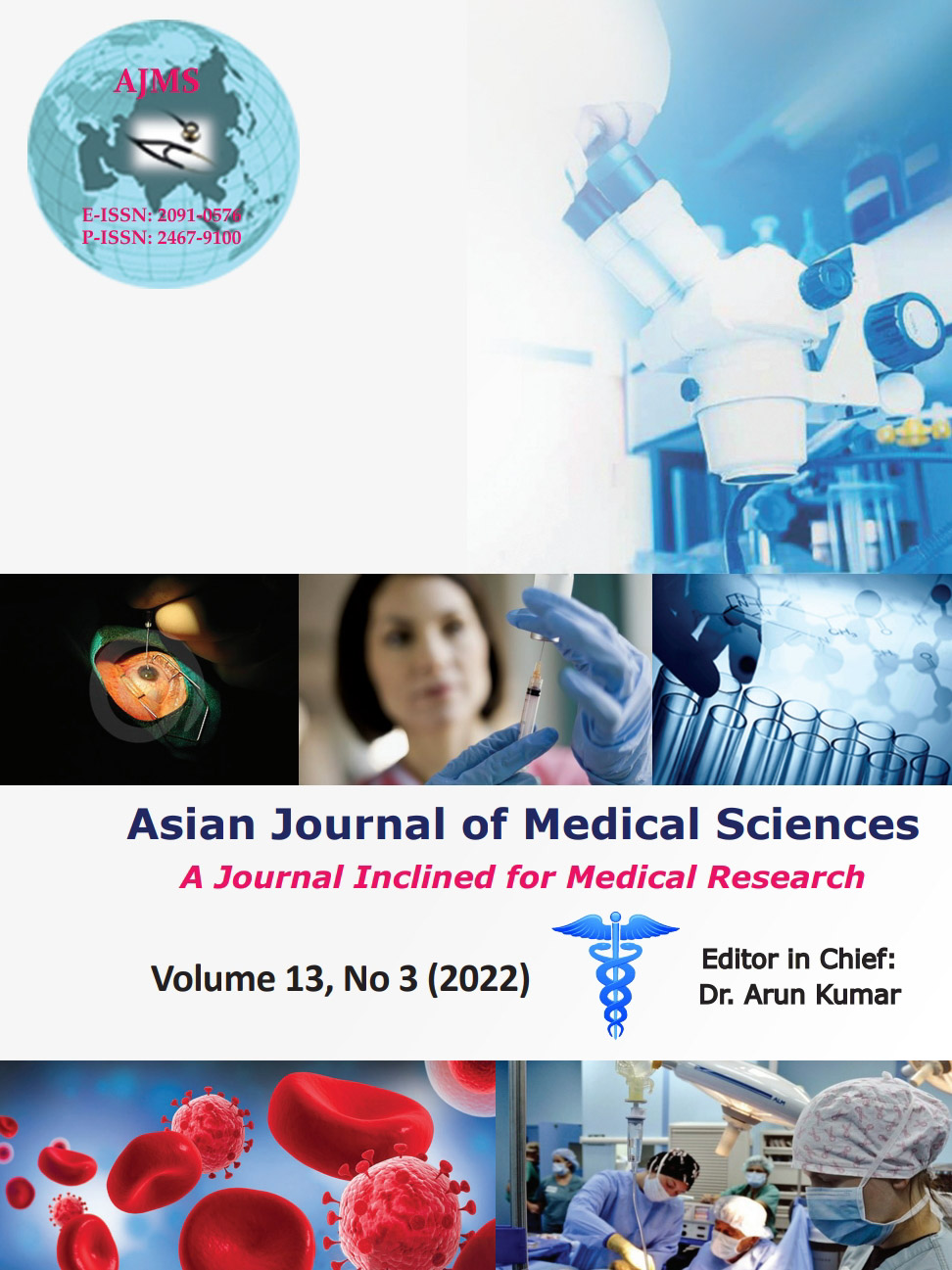In vitro analysis of thimerosal genotoxicity and cytotoxicity effect
Keywords:
Chromosomal aberration; Cytokinesis-block micronucleus cytome assay; ThimerosalAbstract
Background: Thimerosal is an organomercury compound with high mercury content. Thimerosal is located in the market as an effective bacteriostatic in a series of pharmaceutical products, ophthalmic and nasal products, immunoglobulin preparations, and as a preservative in vaccines.
Aims and Objectives: Since it is a compound with living content, this study aimed to examine the genotoxic and cytotoxic potential of thimerosal in human lymphocytes culture.
Materials and Methods: We used chromosome aberration analysis and cytokinesis-block micronucleus cytome (CBMN-Cyt) assay to test its genotoxic and cytotoxic potential in human lymphocyte culture.
Results: Results showed that the frequency of structural chromosome aberrations and CBMN-cyt assay was significantly increased in treated cultures (1 μg/ml and 0.5 μg/ml) compared to the negative control.
Conclusion: Obtained results and statistical analysis show that thimerosal is genotoxic and cytotoxic in human lymphocytes in tested concentrations.
Downloads
Downloads
Published
Versions
- 2023-01-25 (2)
- 2022-03-01 (1)
How to Cite
Issue
Section
License
Copyright (c) 2022 Asian Journal of Medical Sciences

This work is licensed under a Creative Commons Attribution-NonCommercial 4.0 International License.
Authors who publish with this journal agree to the following terms:
- The journal holds copyright and publishes the work under a Creative Commons CC-BY-NC license that permits use, distribution and reprduction in any medium, provided the original work is properly cited and is not used for commercial purposes. The journal should be recognised as the original publisher of this work.
- Authors are able to enter into separate, additional contractual arrangements for the non-exclusive distribution of the journal's published version of the work (e.g., post it to an institutional repository or publish it in a book), with an acknowledgement of its initial publication in this journal.
- Authors are permitted and encouraged to post their work online (e.g., in institutional repositories or on their website) prior to and during the submission process, as it can lead to productive exchanges, as well as earlier and greater citation of published work (See The Effect of Open Access).




